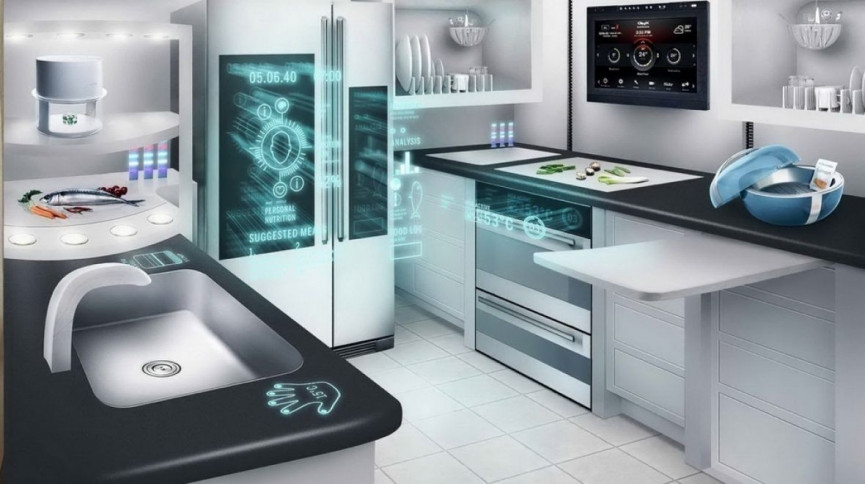We take a look at the latest tech trend in home building
Moving house is stressful, even when everything goes right.
So it’s no wonder that in a survey, 44% of people in the US said that move-in ready homes should have smart home tech pre-installed. And that as many as 81% of people who currently have connected home tech would be more likely to buy a fully automated home.
Read this: The smart dorm room is a thing now
When it comes to buying and selling – and renting – smart homes, there have been a number of trends in home building over the past few years to cater to these new demands. Here are a few interesting developments.

Prefab smart homes
Kasita, founded in 2015 by Jeff Wilson, makes micro, stackable smart homes for $139,000 each. The 374 square foot “accessory dwellings” are designed to fit in odd spaces like back gardens and rooftops as guest houses, offices or studios and they come pre-installed with smart lighting, thermostats, speakers, fans and shades with both app and voice controls.
Kasita calls this “move-in ready” so they can add appliances, smart home tech and even a bed if you like. Plus, its assembly line and all-in-one delivery means each unit is built within “weeks”.

Ready-to-rent smart apartments
If living in a futuristic rectangle doesn’t appeal, maybe a ready-to-go smart flat does. Companies like Portland-based IOTAS and LockState Connect in Denver are doing just that, aiming the connected apartments squarely at Generation Rent.
The pre-wired tech includes things like connected power outlets, light switches, motion sensors, smart plugs, smart thermostats and smart locks. And it’s not just new builds – these companies are setting their sights on retrofitting old rented apartments too.

Wi-Fi friendly floorplans
Without Wi-Fi, your smart home is nothing – so it’s no wonder that property builders are starting to think about connections at the building stage.
The Wi-Fi Certified Home Design program is a certification program from The Wi-Fi Alliance which signals that the floorplan, number of levels, wall composition and equipment are all optimised for strong Wi-Fi coverage all around the house, with the best possible placement of access points. It’s particularly useful if there is a garage, studio or office to think about too.

Robotic furniture
The layout of your apartment or house is usually set by the home builders unless you want to start knocking through walls or building them back up again. Not so Ori’s robotic furniture and architecture systems, aimed at tiny city apartments, which include a retractable bed and dresser and desk space. It’s all plywood but it’s light enough, and on wheels, so that it can be changed manually as well as by apps or voice.
Ori is an MIT Media Lab spin-off which has collaborated with designer Yves Béhar. The cost of a system is around $10,000 or in renting terms, around $3,000 a month for an Ori studio apartment in buildings in San Francisco, Seattle, Vancouver, New York, Boston, Miami and more.





